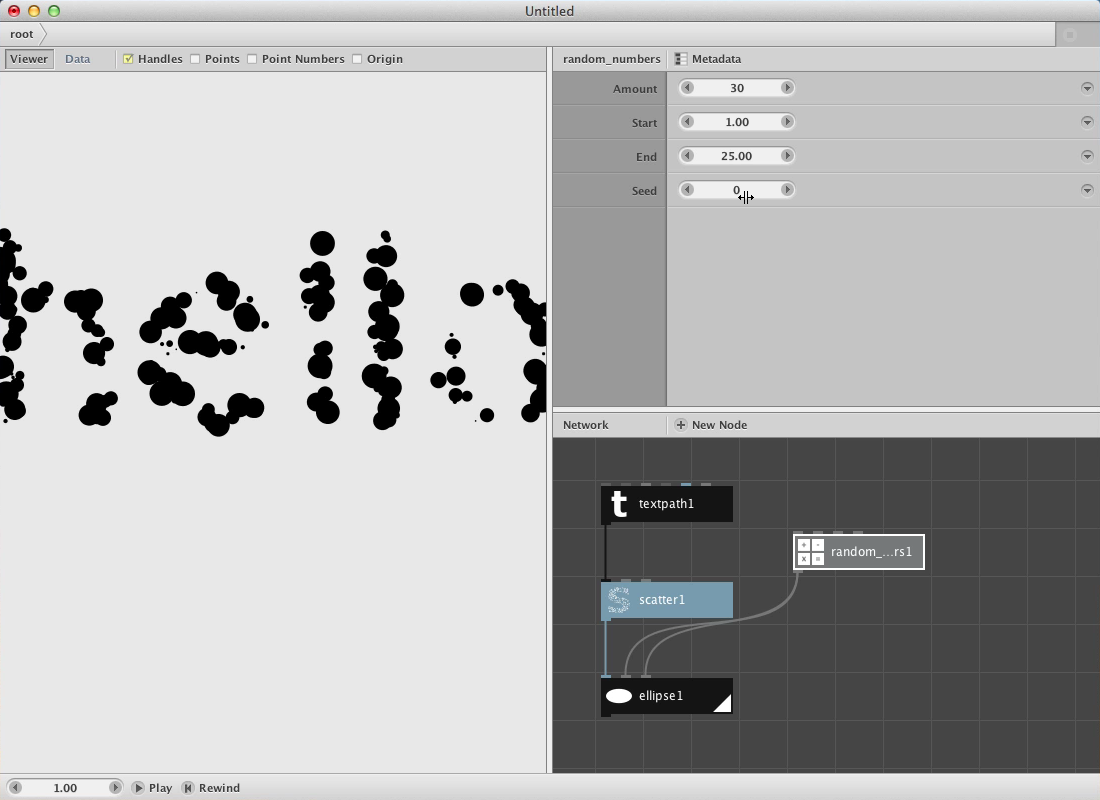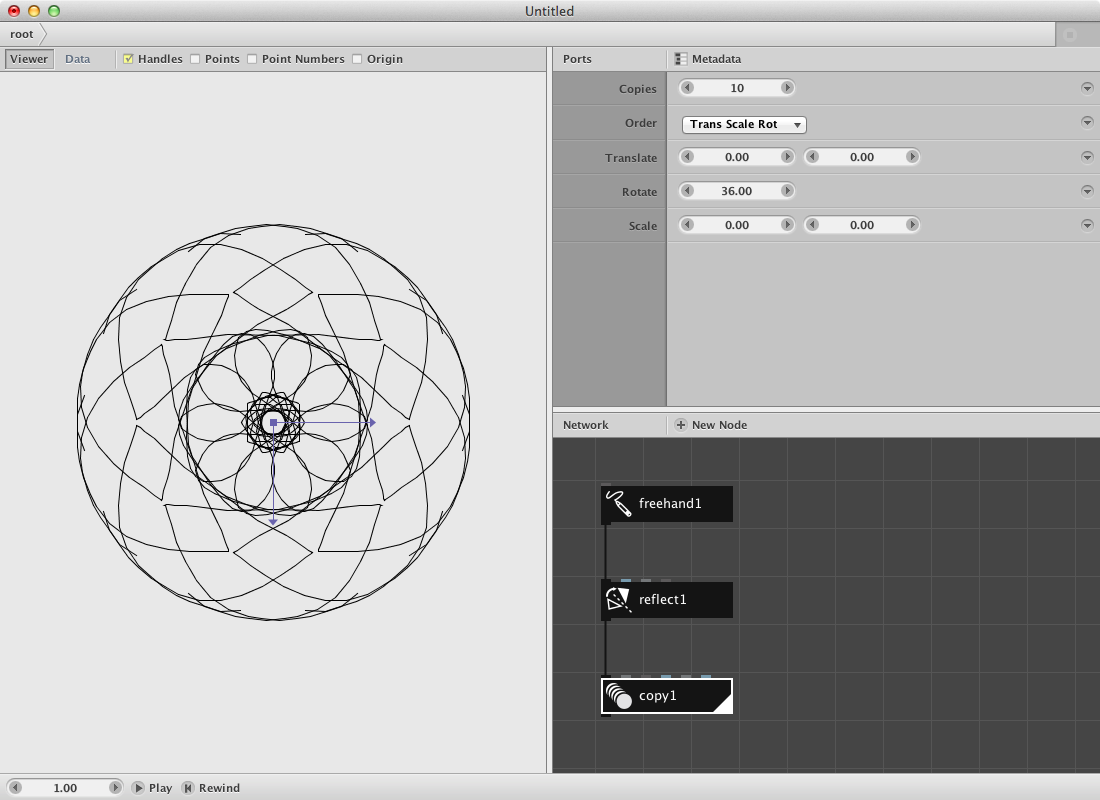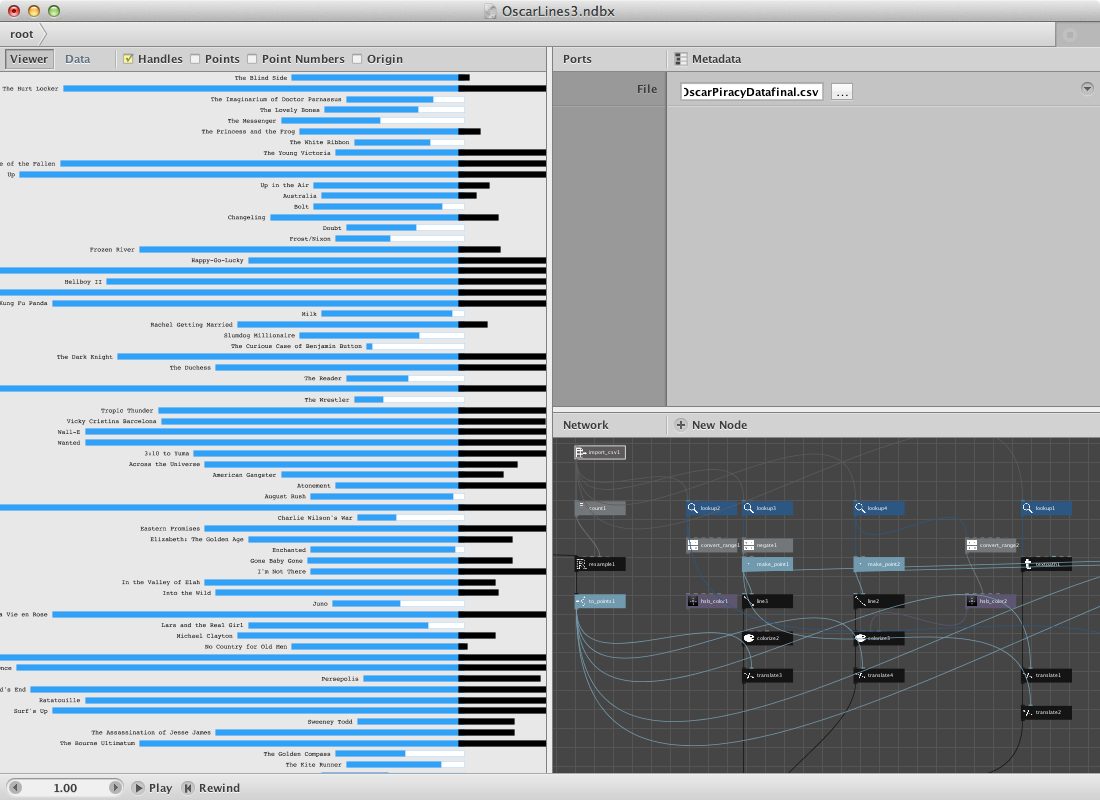
The is_number() command returns True when the given value is a number: print en. import enĬategorise words as nouns, verbs, numbers and more Time to load all the data the first time. You can also put it in ~/Library/Application Support/PlotDevice/. Put the en library folder in the same folder as your script so PlotDevice can find the Regressive Imagery Dictionary, content analysis.Shallow parsing, the grammatical structure of a sentence.WordNet glossary, synonyms, antonyms, components.



You can use the library to conjugate verbs, pluralize nouns, (eds.), Encyclopedia of Language and Linguistics, Second Edition, Oxford: Elsevier, 665-670.With the Nodebox English Linguistics library you can do grammar inflection and semantic More Informationįellbaum, Christiane (2005). It links more general synsets like is its RESULT. The most frequently encoded relation among synsets is the super-subordinate relation (also called hyperonymy, hyponymy or ISA relation). Thus, each form-meaning pair in WordNet is unique. Word forms with several distinct meanings are represented in as many distinct synsets. Each of WordNet’s 117 000 synsets is linked to other synsets by means of a small number of “conceptual relations.” Additionally, a synset contains a brief definition (“gloss”) and, in most cases, one or more short sentences illustrating the use of the synset members. Synonyms-words that denote the same concept and are interchangeable in many contexts-are grouped into unordered sets (synsets). The main relation among words in WordNet is synonymy, as between the words shut and close or car and automobile. Second, WordNet labels the semantic relations among words, whereas the groupings of words in a thesaurus does not follow any explicit pattern other than meaning similarity.

As a result, words that are found in close proximity to one another in the network are semantically disambiguated. First, WordNet interlinks not just word forms-strings of letters-but specific senses of words. However, there are some important distinctions. WordNet superficially resembles a thesaurus, in that it groups words together based on their meanings. WordNet's structure makes it a useful tool for computational linguistics and natural language processing. WordNet is also freely and publicly available for download. The resulting network of meaningfully related words and concepts can be navigated with the browser. Synsets are interlinked by means of conceptual-semantic and lexical relations. Nouns, verbs, adjectives and adverbs are grouped into sets of cognitive synonyms (synsets), each expressing a distinct concept. WordNet® is a large lexical database of English. Citation figures are critical to WordNet funding.
NODEBOX ENGLISH LINGUISTICS LIBRARY SOFTWARE
When writing a paper or producing a software application, tool, or interface based on WordNet, it is necessary to properly cite the source. Any opinions, findings, and conclusions or recommendations expressed in this material are those of the creators of WordNet and do not necessarily reflect the views of any funding agency or Princeton University.


 0 kommentar(er)
0 kommentar(er)
